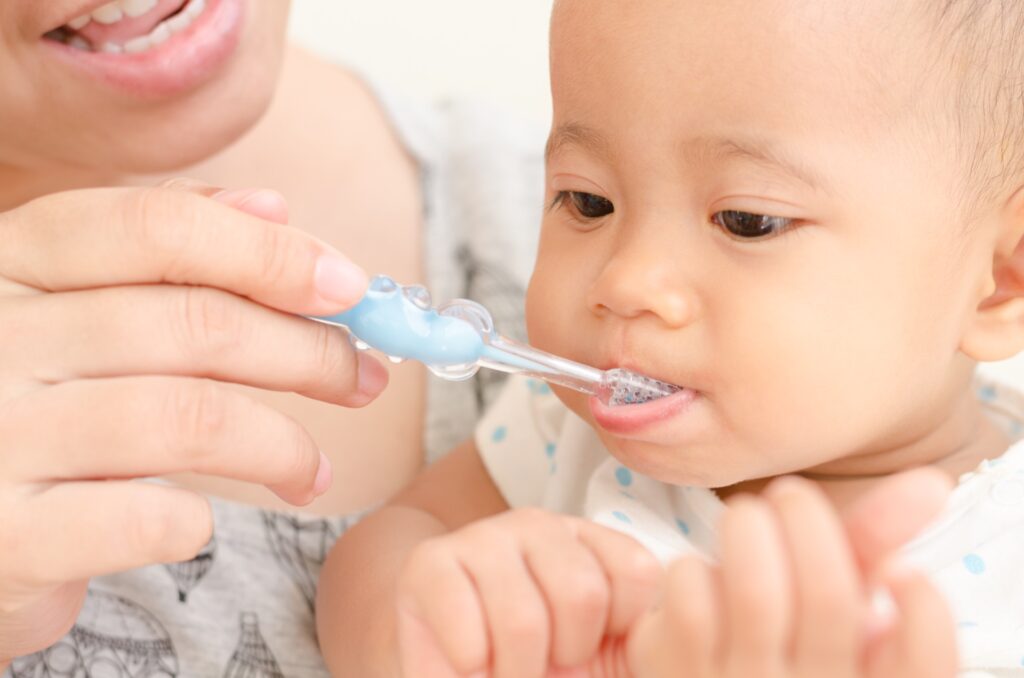Brushing your teeth isn’t most people’s favourite activity and chances are it’s even less of one for your toddler. However, that doesn’t mean it’s any less important. Young children can still get cavities, so if you’re seeing white, brown, or black spots on your toddler’s teeth it’s time to get your child to the dentist.
Below is an in-depth look as to what could be causing these spots.
White Spots on Toddler Teeth Can Be a Sign of Tooth Decay
This might immediately sound distressing to hear that your toddler may already be experiencing cavities, but don’t fret. If you see white spots along your child’s gumline that appear chalky and pale in colour this is an early indication of tooth decay called decalcification. If left untreated, the decay will worsen—eventually turning yellow or brown.
Like adult cavities, these can easily be treated through a qualified dentist. In fact, for your toddler, it may even be reversible as a dentist can resolve this by cleaning any plaque and tartar off your child’s enamel. They may also provide a gentle fluoride treatment to ensure their teeth stay healthy and strong.
However, seeing these white spots should be a sign to you as a parent that you need to improve your young child’s oral care. They may need more help brushing, or they may need a new or different toothbrush or toothpaste that works better for their mouth.

White Spots on the Teeth of Young Children Can Be a Sign of Fluorosis
Although a dentist may prescribe specific amounts of fluoride as a treatment for tooth decay, fluoride on its own can become too much of a good thing fast for young children.
White spots on your toddler’s teeth may be a sign of them using too much fluoride. The most common cause is high concentrations in drinking water. Often, the white marks on baby teeth caused by fluorosis are barely visible and, if noticeable, usually look blotchy or streaky.
To resolve this, there are several solutions you can take:
- Check your local municipality’s website for the concentration of fluoride to make sure the drinking water is safe for your child. If it’s in an unsafe concentration, use bottled water with your toddler.
- Make sure your child isn’t swallowing the toothpaste when they’re brushing. Encourage them to spit it out when they’re done. Ensure that they are only using about a pea-sized amount of paste when brushing.
- Unless a dentist or dental professional has recommended it, you shouldn’t be giving your child fluoride supplements.
- Children shouldn’t be using mouthwash with fluoride until they are at least 6 years old.
Help your child’s teeth grow strong with a good oral care routine so when they grow up they have a smile they love to show everyone.

